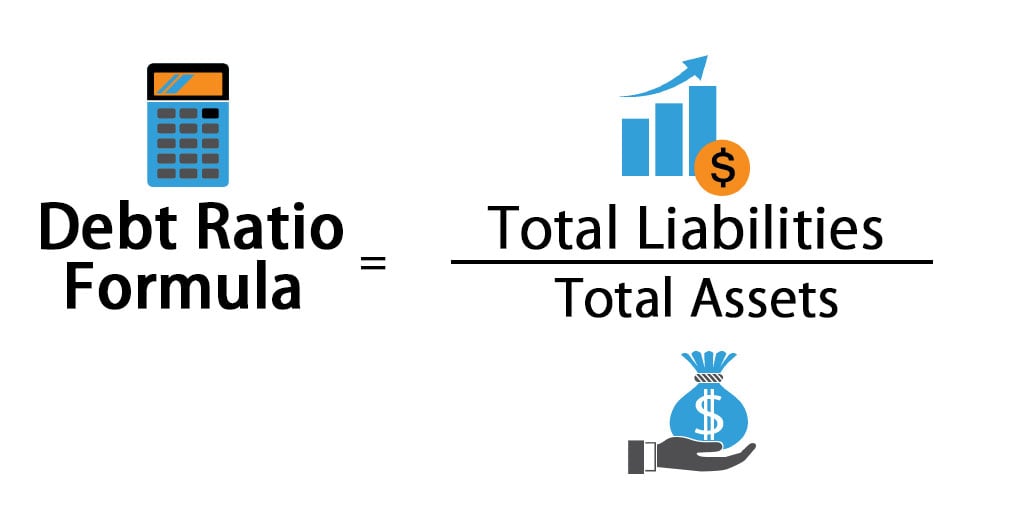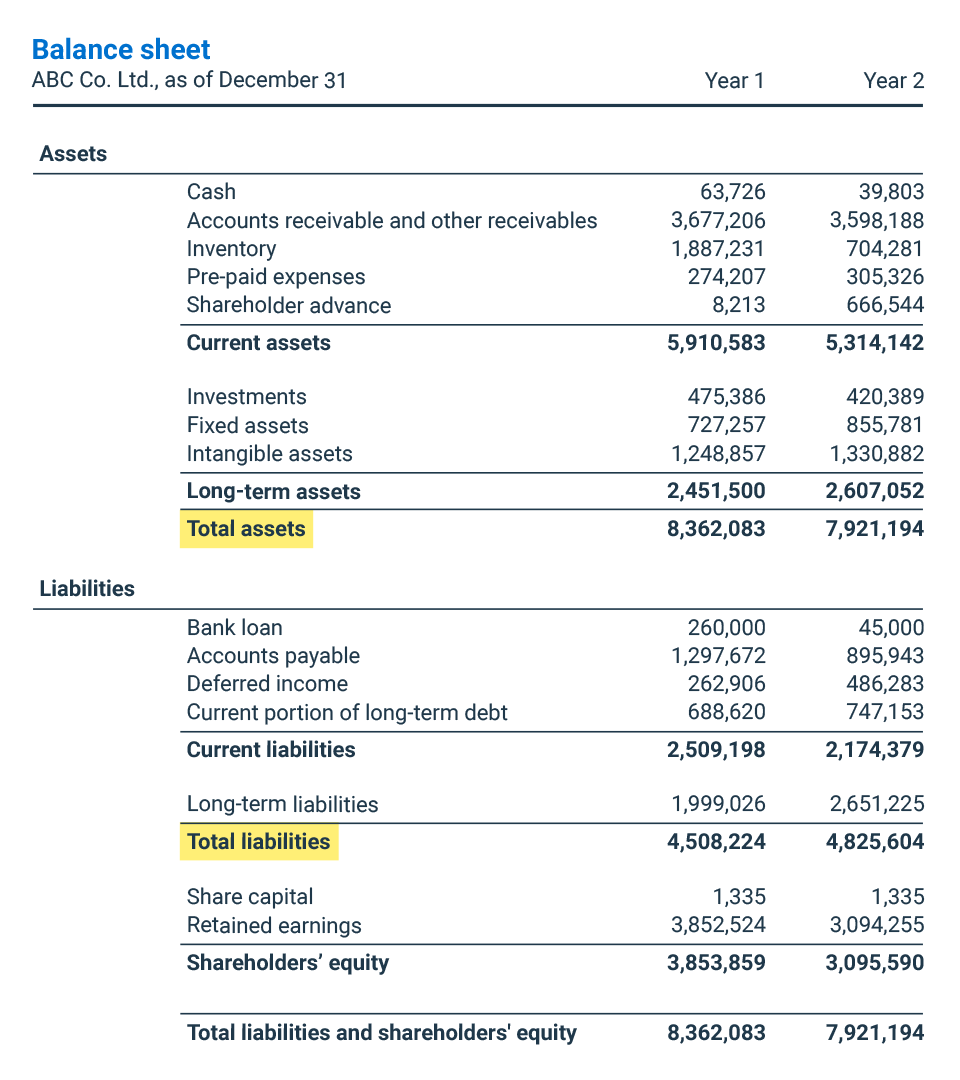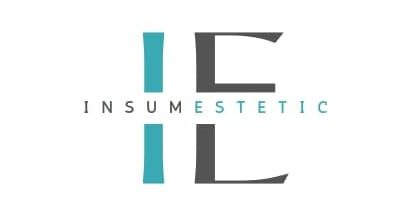
The debt-to-equity ratio (D/E) is a financial leverage ratio that can be helpful when attempting to understand a company’s economic health and if an investment is worthwhile or not. It is considered to be a gearing ratio that compares the owner’s equity or capital to debt, or funds borrowed by the company. It is crucial to consider the industry norms and the company’s financial strategy when assessing whether or not a D/E ratio is good. Additionally, the ratio should be analyzed with other financial metrics and qualitative factors to get a comprehensive view of the company’s financial health. This number represents the residual interest in the company’s assets after deducting liabilities. It shows the proportion to which a company is able to finance its operations via debt rather than its own resources.
How to Calculate the Debt-to-Equity Ratio

Because equity is equal to assets minus liabilities, the company’s equity would be $800,000. Business owners use a variety of software to track D/E ratios and other financial metrics. Microsoft Excel provides a balance sheet template that automatically calculates financial ratios such as the D/E ratio and the debt ratio. Generally, well-established companies can push their debt component to higher percentages without getting into financial trouble.
Step 2: Identify Total Shareholders’ Equity
It is widely considered one of the most important corporate valuation metrics because it highlights a company’s dependence on borrowed funds and its ability to meet those financial obligations. By learning to calculate and interpret this ratio, and by considering the industry context and the company’s financial approach, you equip yourself to make smarter financial decisions. Whether evaluating investment options or weighing business risks, the debt to equity ratio is an essential piece of the puzzle. The D/E ratio is a financial metric that measures the proportion of a company’s debt relative to its shareholder equity.
Personal Loans
- It shows the proportion to which a company is able to finance its operations via debt rather than its own resources.
- Our work has been directly cited by organizations including Entrepreneur, Business Insider, Investopedia, Forbes, CNBC, and many others.
- Restoration Hardware’s cash flow from operating activities has consistently grown over the past three years, suggesting the debt is being put to work and is driving results.
- This ratio also helps in comparing companies within the same industry, offering a benchmark to understand how a company’s leverage stacks up against its peers.
The investor will then participate in the company’s profits (or losses) and will expect to receive a return on their investment for as long as they hold the stock. Debt financing is often seen as less risky than equity financing because the company does not have to give up any ownership stake. A low D/E ratio shows a lower amount of financing by debt from lenders compared to the funding by equity from shareholders. The nature of the baking business is to take customer deposits, which are liabilities, on the company’s balance sheet. However, in this situation, the company is not putting all that cash to work. Investors may become dissatisfied with the lack of investment or they may demand a share of that cash in the form of dividend payments.
What is a negative debt-to-equity ratio?
There is no universally agreed upon “ideal” D/E ratio, though generally, investors want it to be 2 or lower. Banks also tend to have a lot of fixed assets in the form of nationwide branch locations. These industry-specific factors definitely matter when it comes to assessing D/E. When assessing D/E, it’s also important to understand the factors affecting the company.
Like the D/E ratio, all other gearing ratios must be examined in the context of the company’s industry and competitors. Some analysts like to use a modified D/E ratio to calculate the figure using only long-term debt. As an example, many nonfinancial corporate businesses have seen their D/E ratios rise in recent years because they’ve increased their debt considerably over the past decade. Over this period, their debt has increased bookkeeping training certificate from about $6.4 billion to $12.5 billion (2). The general consensus is that most companies should have a D/E ratio that does not exceed 2 because a ratio higher than this means they are getting more than two-thirds of their capital financing from debt. It’s useful to compare ratios between companies in the same industry, and you should also have a sense of the median or average D/E ratio for the company’s industry as a whole.
In general, a lower D/E ratio is preferred as it indicates less debt on a company’s balance sheet. However, this will also vary depending on the stage of the company’s growth and its industry sector. D/E ratios should always be considered on a relative basis compared to industry peers or to the same company at different points in time. A business that ignores debt financing entirely may be neglecting important growth opportunities. The benefit of debt capital is that it allows businesses to leverage a small amount of money into a much larger sum and repay it over time. This allows businesses to fund expansion projects more quickly than might otherwise be possible, theoretically increasing profits at an accelerated rate.
SoFi doesn’t charge commissions, but other fees apply (full fee disclosure here). So in the case of deciding whether to invest in IPO stock, it’s important for investors to consider debt when deciding whether they want to buy IPO stock. Ultimately, businesses must strike an appropriate balance within their industry between financing with debt and financing with equity.
